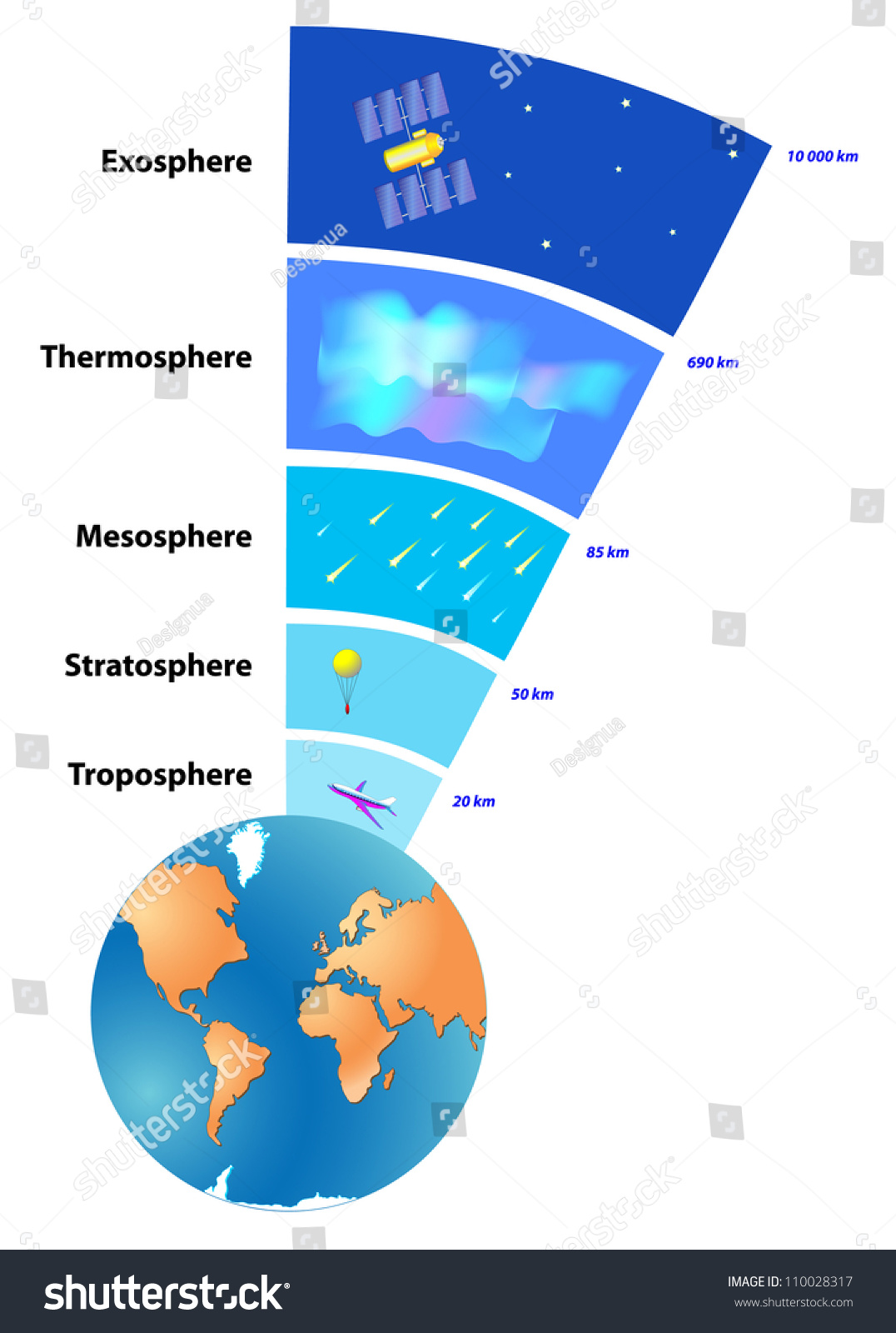Today we started notes on Unit 9 Section 1. I think we will only do one section in the next units because we don’t have enough time. The section is about the weather. We talked about the different types of clouds and precipitation. Clouds cannot form without dust or other small particles. Water condenses onto them and that is how clouds form. We also talked about the three types of clouds, Cirrus, Stratus, and Cumulus. We also talked about fog and how it forms. I am quite excited about this unit. Our teacher, Mrs. Giacomelli, told us that we would be able to go cloud gazing. Too bad we don’t have clouds right now.
Tuesday or April 19, 2016 C.E.:
Today we did a lot of notes. We looked at all the types of clouds again and went more in depth into the unit. We talked about Latent heat. Latent heat is the heat that is taken in or released when water undergoes a phase change. If water evaporates, it takes heat from the environment. This is why we are cold when we are wet. We also talked about saturation. Saturation is the point when air can no longer hold any more water vapor. The warmer the air, the more water vapor it holds. If air is cooled, it condensates quickly because it reaches its saturation point. This happens when water condensates on a glass.
Wednesday or April 20, 2016 C.E.:
Today we took some more notes. We talked about how the dew point is the temperature that air must cool to in order to reach saturation. Fog often forms at dew point, but quickly disappears when the ground below it is heated by the sun. We also talked about absolute humidity and relative humidity and adiabatic and advective cooling. Adiabatic cooling happens when rising air cools as it expands. Advective cooling occurs when air moves alongside a cold surface. Absolute humidity is a measurement of the mass of water vapor in the air. Relative humidity is the percent of water vapor in the air, with 100% being the saturation point. We also started the Air Pressure Lab. It contains many small stations.
Thursday or April 21, 2016 C.E.:
Today we took some more notes.We studied temperature inversion. Temperature inversion happens sometimes when a warm front comes in. Normally, temperature decreases with altitude. In special circumstances, a warm air mass moves up and stops convection in the area. This sometimes traps smog in cities. We also talked about how severe weather happens when cold, dry air masses mix with warm, wet air masses. Also, rapid convection can cause cumulonimbus clouds. These can cause anything from thunder and lightning to hail and tornadoes. Today we also worked on our stations. I am almost finished.
Friday or April 22, 2016 C.E.:
Today we had a substitute because Mrs. Giacomelli had already left for the Science Olympiad competition in Raleigh. I wish the contestants luck! I finished the stations. After this, we worked on blogs and reviewed the unit.
Summary: This week was a good week. I finished my blog faster and worked efficiently. Next week, I aim to finish my blog a day earlier, as this will help me complete other things.
 |
| Temperature Inversion |
Today we had a substitute because Mrs. Giacomelli had already left for the Science Olympiad competition in Raleigh. I wish the contestants luck! I finished the stations. After this, we worked on blogs and reviewed the unit.
Summary: This week was a good week. I finished my blog faster and worked efficiently. Next week, I aim to finish my blog a day earlier, as this will help me complete other things.
